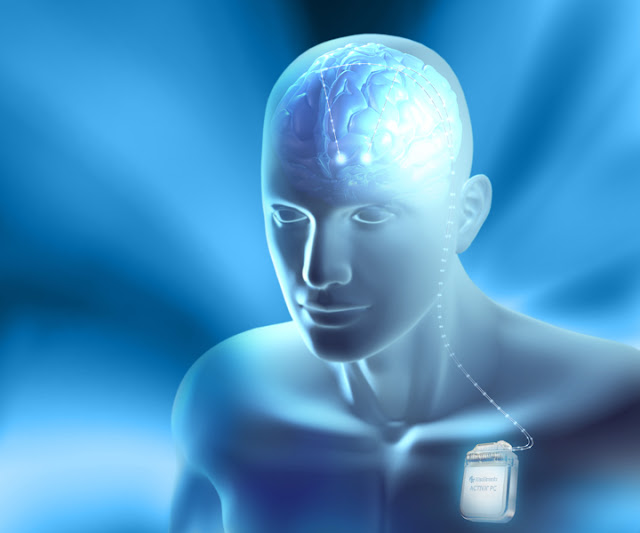Parkinson’s disease develops gradually over time. It is generally diagnosed at the age of sixty. Nearly 10% of overall Parkinson’s affected patients are diagnosed before the age of fifty or younger and these people have shown the early onset of Parkinson’s disease. The disease will grow in the brain and affects the entire central nervous system. The disease can be diagnosed once it got developed and people with young onset PD will show the symptoms sooner than the normal age, which is sixty. Putting things in succinct, the condition of young people having Parkinson’s disease is called the early or young onset of Parkinson’s disease.
Causes of young - onset of PD
Parkinson’ disease is caused due to loss of cells in the brain that produce dopamine, which controls the motor senses of your body. There are no tests available to detect the Parkinson’s disease. The doctors will evaluate your system and analyze them to determine the presence of Parkinson’s in you. Still, there is neither a particular reason for the occurrence of the disease nor a precise explanation on what causes the disease. Neurologists say the causes might be due to certain genetic factors or environmental problems such as exposure to toxins, harmful chemicals or other hazards. In some cases, early onset of PD is found to be hereditary given that the family members of the affected patients had a history of Parkinson’s disease.
Symptoms of young - onset of PD
Generally, all types of PD have the same Parkinson’s disease symptoms. The time in which you show the symptoms of PD determines it is an early onset or not. Different people show different symptoms of Parkinson’s.
- In case of young PD, the first ever symptom might be dystonia, unintended muscle contractions
- Depression, stress, anxiety, abnormal mood swings
- Tremors, sudden involuntary movement or shivering of muscles
- Imbalance while walking or doing things and absolute lack of coordination in everything
- Memory loss or early stages of dementia
- Sudden weight loss
- Low blood pressure
- Insomnia or disturbed sleeping, lack of proper REM cycle while sleeping
- Constipation and lack of bladder control
Diagnosis of young – onset PD
The above said conditions are the symptoms of young PD but some of the patients might not show some important symptoms like tremors and other motor associated symptoms and yet have the disease. Young PD is a progressive disease and it is incurable. The growth of PD will be very slow in younger patients. Once affected, it will be there for your entire life and may affect your lifespan. Young PD is affecting mostly the men. Doctors diagnose young PD differently from the normal, elderly PD because normally young PD may not show the normal symptoms of the Parkinson’s disease. Their diagnosis is usually based on the genetic nature of the disease.
Treatment of young - onset PD
Normally, younger PD patients have the more physical strength and less additional health complications. They can withstand the hard physical therapy treatments given to Parkinson’s disease, unlike the older patients. The treatment also will be based on the genetic condition of the disease like gene testing, gene therapy etc.
The medicine prescribed by the doctors for the early signs of Parkinson’s disease is levodopa and other dopamine inducing drugs. But these drugs have their own side effects and not advised for adversely affected patients.
There are various therapies and programs to provide support for Parkinson’s patients. These support programs will help the patients with their disease and give all the necessary aids in both medical and therapeutic needs.









